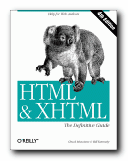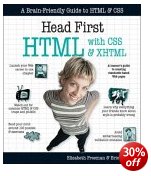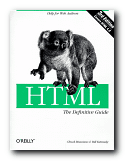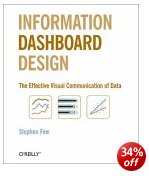classic guidelines which mean you can’t go wrong
Web design fail- guarantee disaster
Web design failure is fairly easy. Just follow any of the following guidelines. And if possible, try to combine at least two or three.
1. Have your whole site in one page, then you won’t have to bother with navigation buttons.
2. Put a huge graphic on the entry page, before the content of your site. It’s not your fault if visitors have a slow connection.
3. Nobody minds the odd broken link.
4. Use animated GIFs liberally. These are very amusing. ![]()
5. Have the site in at least three frames.
6. Web sites without background wallpaper are dull.
7. Use lots of different fonts. Everyone has the same fonts installed these days.
8. Red text on a coloured background looks really good – as you can see.
9. Use plenty of underlining. This will draw people’s attention to the important parts of your message.
10. Better still, show people you mean business by highlighting lots of your text. This can be done at random, but it’s best used on special offers. It also looks really COOL!!!!!
11. Combine these features wherever possible, centre your text, add colour, and make sure your punters customers get the message. Get Ready For More Backlinks,
More Traffic And Higher Search Engine Rankings Almost Instantly!
12. Decorate pages with page counters, clip art, and and plenty of horizontal rules.
13. This is the Internet, so you don’t have to worry about speling and punctuatio
14. If some pages are unfinished, just paste in an “Under Construction” sign.
15. HAVE ALL YOUR TEXT IN CAPITALS – AS IT MAKES IT MUCH EASIER TO READ. JUST LOOK AT THIS REALLY GOOD EXAMPLE.
16. Once you’ve got your site, make sure that you publicise it as widely as possible. If you are not certain which groups to post to, you should post to as many as possible.
17. Ensure your message gets through by posting it at least three times. Repeat these postings on a daily basis.
18. If in any doubt, copy other people’s great ideas.
© Roy Johnson 2004
More on How-To
More on literary studies
More on writing skills
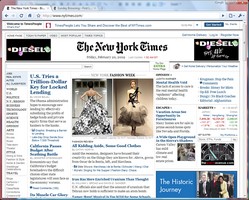 In order the communicate effectively on the Internet, you need to know how to write a web page that is successful.
In order the communicate effectively on the Internet, you need to know how to write a web page that is successful.